Aidan Campbell is a Canadian Photographer and Exclusive Licensing Contributor who recently traveled to Rwanda to document coffee plantations in photos. Follow his experience as he photographs the journey a coffee bean takes to become a hot, black cup of coffee.
Q: Rwanda is well known for its coffee production and plantations, mainly working in a co-operative fashion with large and small scale farms and teams. A number of notable coffee plantations are based here and provide work for local communities. Which plantation did you visit, and how did it influence how you view the coffee industry?
A: My business in Rwanda and Burundi brought me to several coffee washing stations. The stations that I visited are a place where the coffee beans are pulped (coffee beans are separated from the cherry), washed, dried, and sorted for quality. These stations are frequented by thousands of local farmers, who sell their harvest (no matter the size) to the washing stations by weight. I visited six total washing stations in Rwanda and three in Burundi.
This was my second time in Rwanda documenting the coffee sourcing process. I am consistently blown away by the number of hands involved, and the amount of labor that coffee undergoes before even landing in each respective country to be roasted and then bought for anyone to enjoy.
Quality coffee holds a special place in my heart not only because I’ve seen the behind-the-scenes and can appreciate the entire industry from start to finish, but also because of the number of people that the industry supports in less fortunate countries.
Q: With a resurgence in agriculture and coffee farms in Rwanda, many of the people are moving from an urban lifestyle and returning to their farming roots. What was the most notable difference between these two atmospheres when you traveled through Rwanda, and what tips would you give other photographers for shooting in these spaces?
A: The culture is extremely diverse, and there is definitely a notable difference between those working in urban, populated cities, and those working in agriculture. In Rwanda (and most places in Africa that I’ve visited), when you’re leaving a city it’s like entering a different world. Some people who are within a few hours’ drive of a city will never actually visit it and are quite content that way. They rely strictly on their agriculture and land to provide for them, which is extremely weather dependent and can, unfortunately, lead to very hard seasons for some families. Those who reside in urban areas, on the other hand, have much more access to different employment opportunities and industries. Although schooling is a pertinent value of many Rwandans, some individuals will get an education and go right back into agriculture.
Shooting in Rwanda is unlike anywhere I’ve ever shot around the world. The weather can change instantly and go from a bright blue, cloudless day to pouring rain. I’ve found it important to be prepared for any weather (and getting stuck in the mud if you’re driving through rural areas). The landscapes are vast, and there is an endless amount of culture to experience in every corner of Rwanda. Having both a wide-angle for the landscapes, as well as a tight lens to photograph the people is simple, yet imperative advice when experiencing everything that Rwanda has to offer.
The people are incredibly genuine and will express interest in you being there, especially in rural areas. Every individual that I asked was very open to having their portrait taken and sharing their story. Above anything else, I recommend leaving yourself time to speak to people, hear their stories, and be open to the culture. It’s moments when I had nowhere to be that I experienced the most.
Q: You spent quite a bit of time interacting, photographing, and working alongside the coffee farmers and workers. What were some of the shots that stood out to you and truly documented their story?
A: There are far too many to count, but I would say the moment that stood out most to me was actually traveling to a station. We had to take a boat because the location was inaccessible by land. The owner of the boat was so proud and allowed me to take his portrait with his boat. The emotion in his face, the landscape behind him, and his boat itself really made this moment special for me, but there were countless similar experiences in the washing stations as well as in the cities I visited.
Q: The Rwandan highlands and midlands are known for having nutrient-rich soil and a temperate, tropical climate, creating lush terrain and landscapes. What was it like walking through this area and capturing these dramatic fields?
A: As I mentioned previously, the landscapes are unlike anywhere else in the world. Endless valleys, rivers, and hills come together perfectly to create an outstanding image no matter which direction you are facing.
As always, I have to say that the images don’t do the landscape justice—the beauty all around cannot be captured in a series of images. However, I did my best to capture the terrain as truly as possible in order to share it with those who can’t be there themselves.
Q: Lugging around camera equipment can be difficult, even during the best of times. The Rwandan landscapes can feature dramatic and steep hillsides and fields, what gear did you decide to bring with you, and how did you pack it for easy navigation?
A: I personally like to travel very light when on trips like this. I try not to over complicate the amount of gear I bring, and consistently tell myself that something is never better or worse, only different.
I only brought my Canon 1DX Mark II, Sigma 24-35mm, and Canon 70-200, all in a Peak Design 30L backpack (along with some snacks and clothes, naturally). This kit was more than enough to capture everything that I wanted, and I never felt limited. There is something freeing about carrying everything you need in a backpack.
Q: How do you feel the coffee plantation you visited works with sustainability in mind?
A: As sustainability is becoming more and more globally recognized and valued, it’s very exciting to see different sustainability-driven certifications, local support, and employment opportunities for those in developing countries. That being said, a lot of factors that are truly driving change can only be seen on a micro-scale and are not often recognized. The coffee washing stations that I visited are no exception. Supporting thousands of local farmers by purchasing their coffee cherries, creating hundreds of jobs, and paying significantly higher than standard wages are all positive factors that I was able to witness firsthand. However, it’s also important to note that this isn’t the case everywhere, and as consumers, we should do everything we can to ensure that the product that we drink at the end of the process is driving positive change all the way to its roots.
Q: At this plantation, you documented everything from growing the coffee bean plant to the sorting stations. Which of these processes was the most interesting to shoot?
A: I love photographing the farmers delivering their cherries, as well as the teams sorting and exercising quality control over the washed beans. These are the stages where you can see genuine emotion—people loving their jobs and being thankful for their employment.
Through multiple conversations, I (as a coffee consumer) was told they are thankful that North Americans continue to enjoy their product, and continue to consume it on a daily basis. The coffee industry is key in supporting millions of individuals and families around the world, and this is evident in Rwanda.
Q: Some photographers feel that when you run your documentary photos through post-processing, you lose an element of truth behind the image. How do you combat this in your post-processing workflow, and can you provide some recommendations for other photographers looking to incorporate edits within their documentary photography?
A: I definitely agree with this thought process—documentary photos are meant to be (as the name suggests), documentative in nature. Over-processing can take away from the storytelling aspect that the raw photo has to offer. I like to keep my documentary work quite true, and only lightly enhance the tones to keep the photo visually appealing, but I’m also careful not to deviate from the story that is being told. I personally would never photoshop something in or out of a documentary photo as it would remove a piece of the story—but I do like to add a film-esque appearance to the image to enhance the feeling of timelessness.
Q: The quality of Rwandan coffee is well known on the international market, keeping the production of coffee within the Land of a Thousand Hills and transforming the coffee beans into one of the most sought after in the world. Can you rate the flavor of the coffee and describe the aromatic quality of the beans and blend?
A: Although I’m not qualified or skilled enough to identify tasting notes in each cup, I can definitely appreciate and recognize a good cup of Rwandan coffee, and more so the amount of labor that went into each cup.
Rwandan coffee is flavorful, full-bodied, and unforgettable—I have no problem paying up to $6 for a cup, knowing how far that truly goes to support families who have dedicated their lives to the industry.
Are you interested in licensing your photos? Click here to learn about Licensing with 500px.

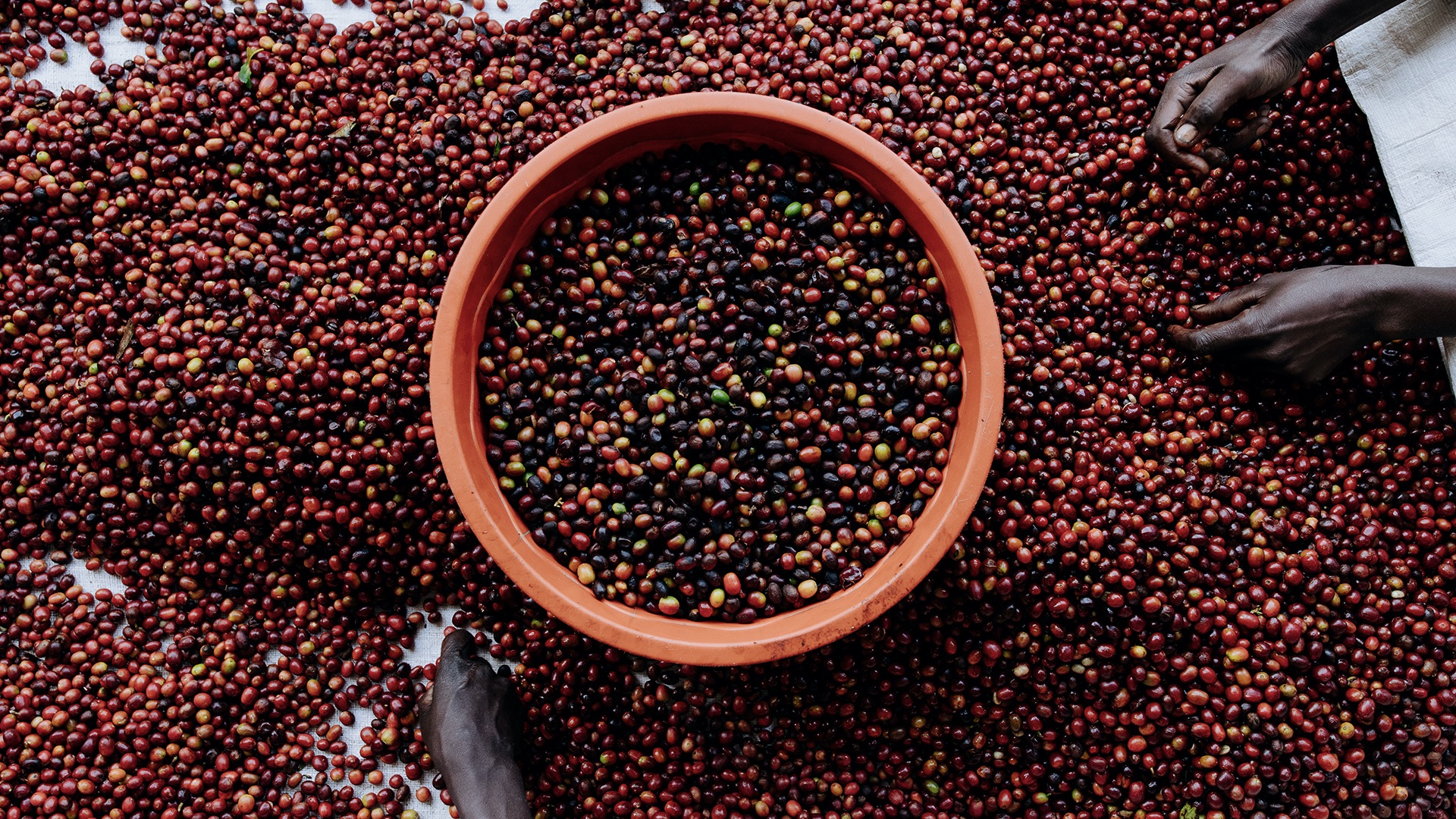

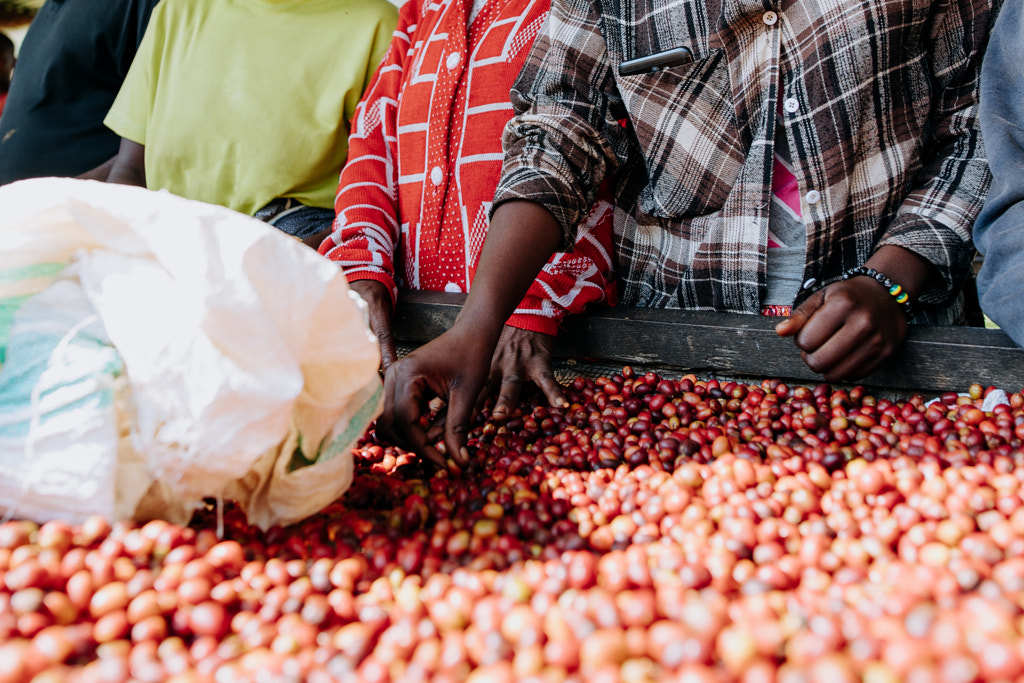

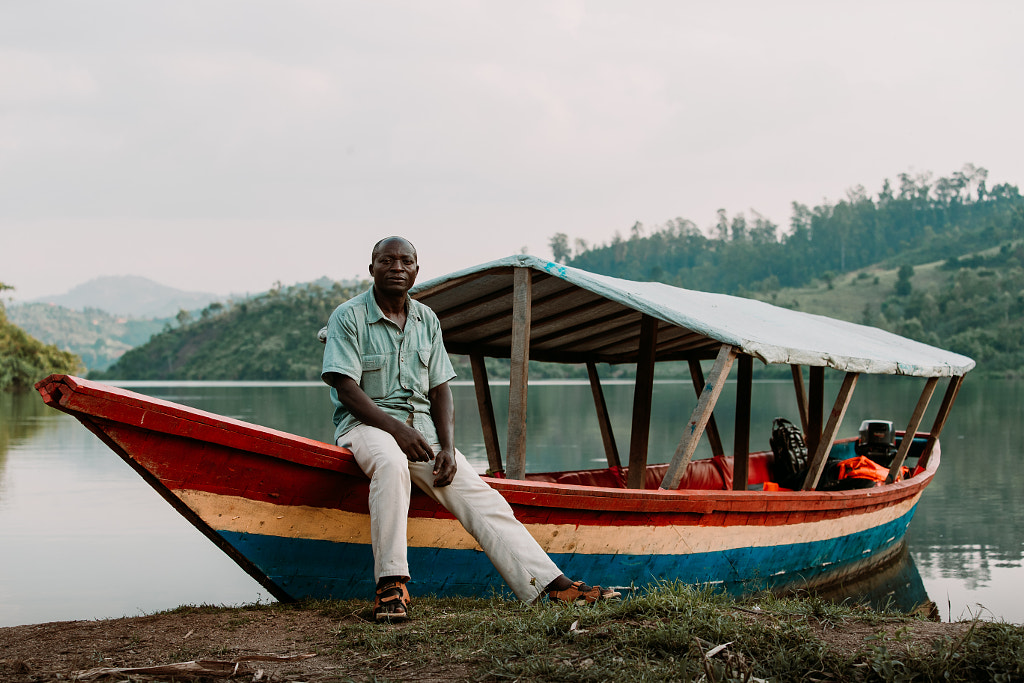
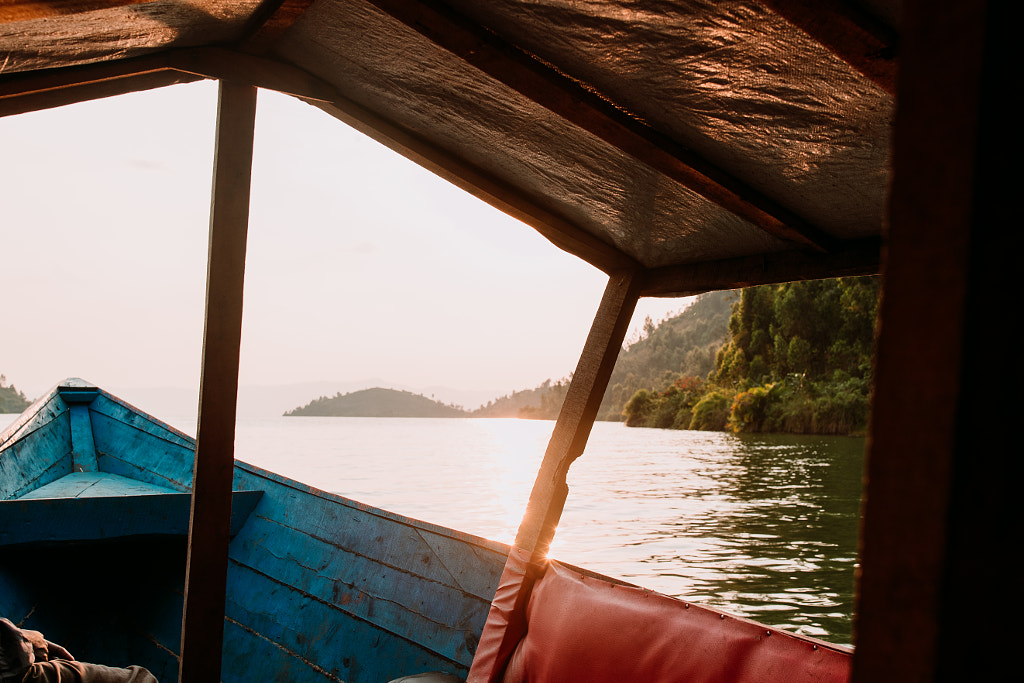
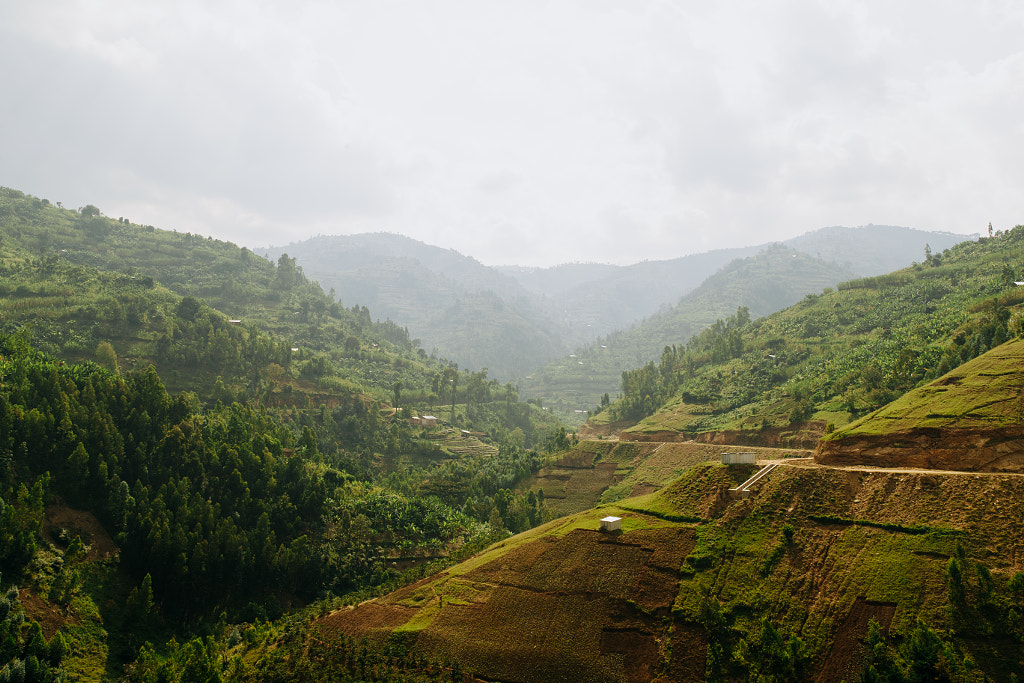
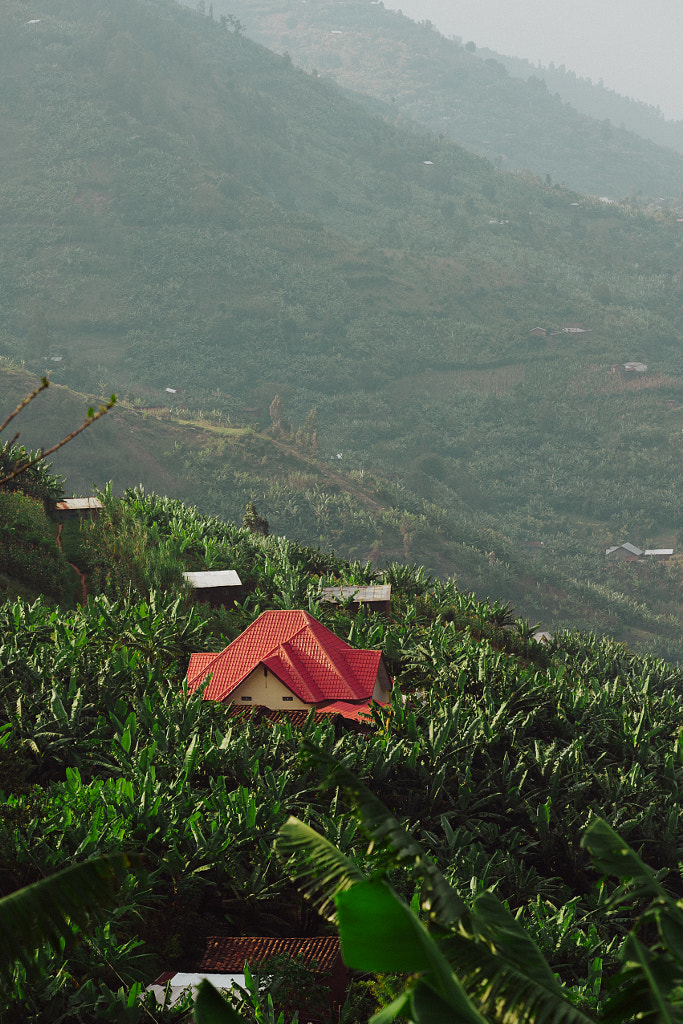
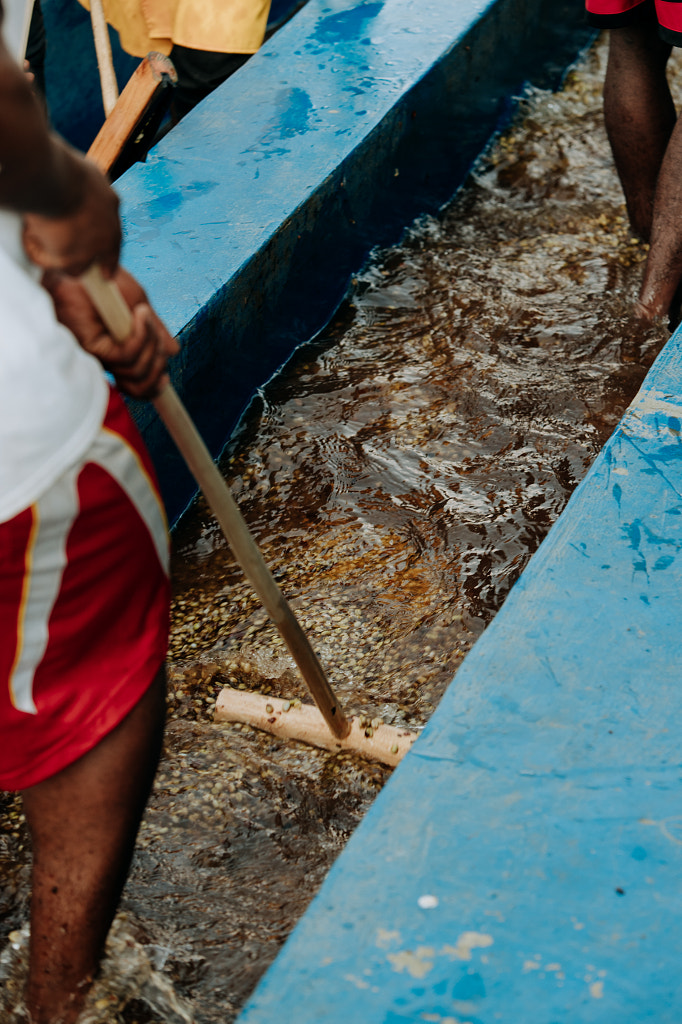
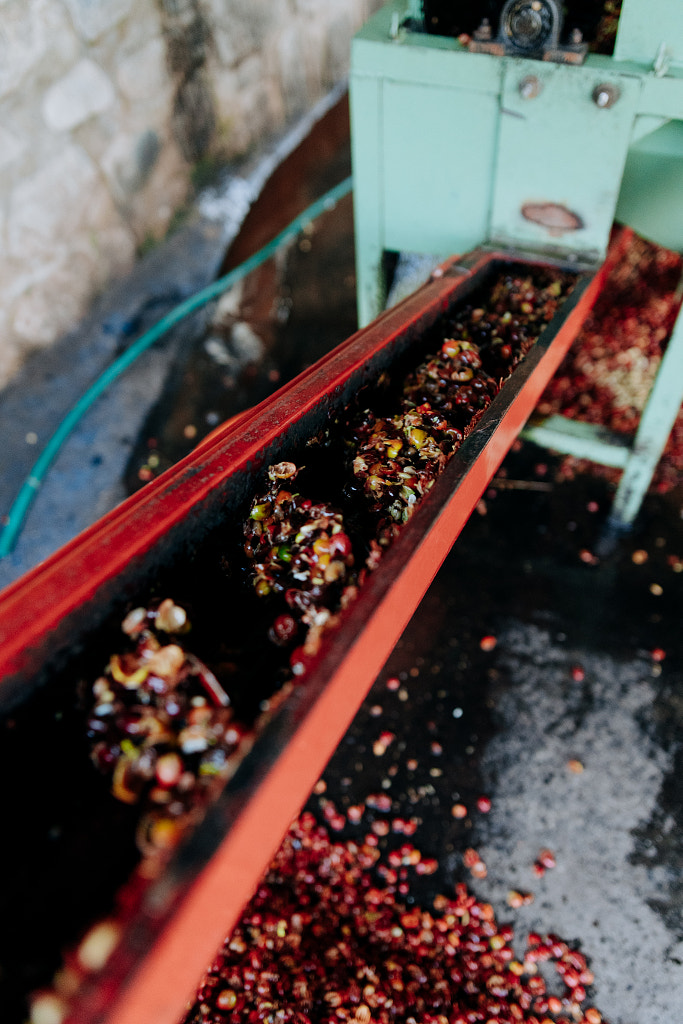


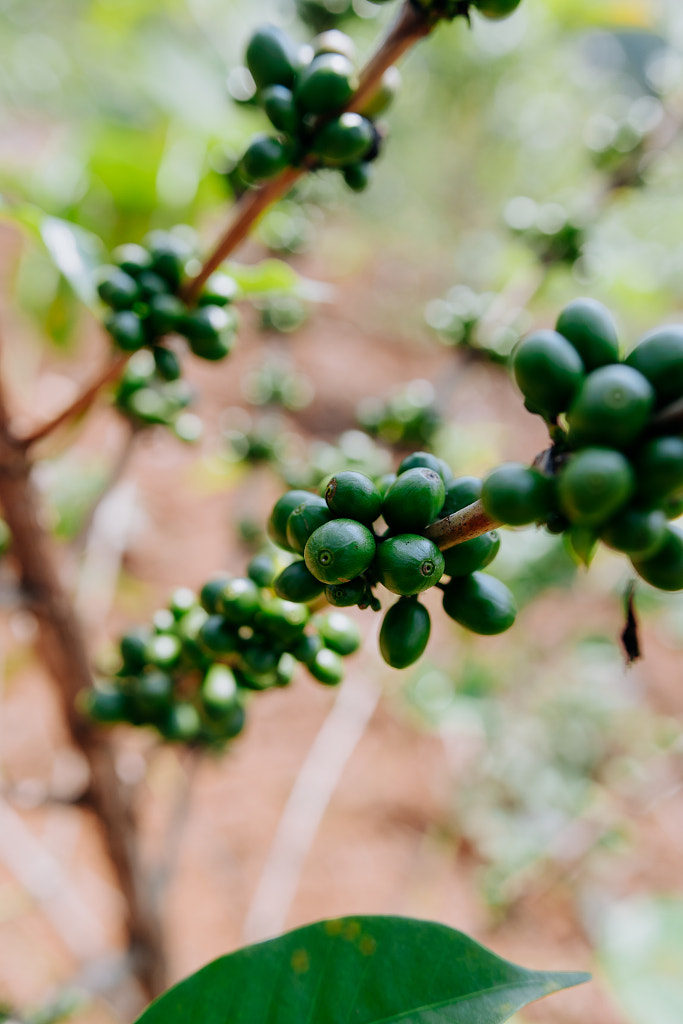
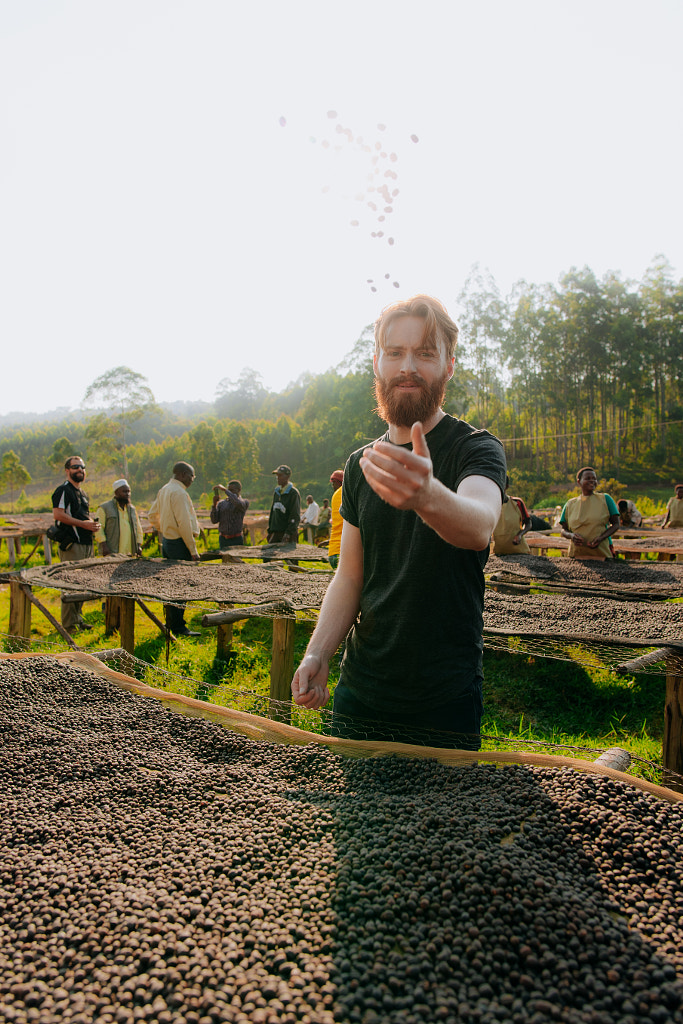
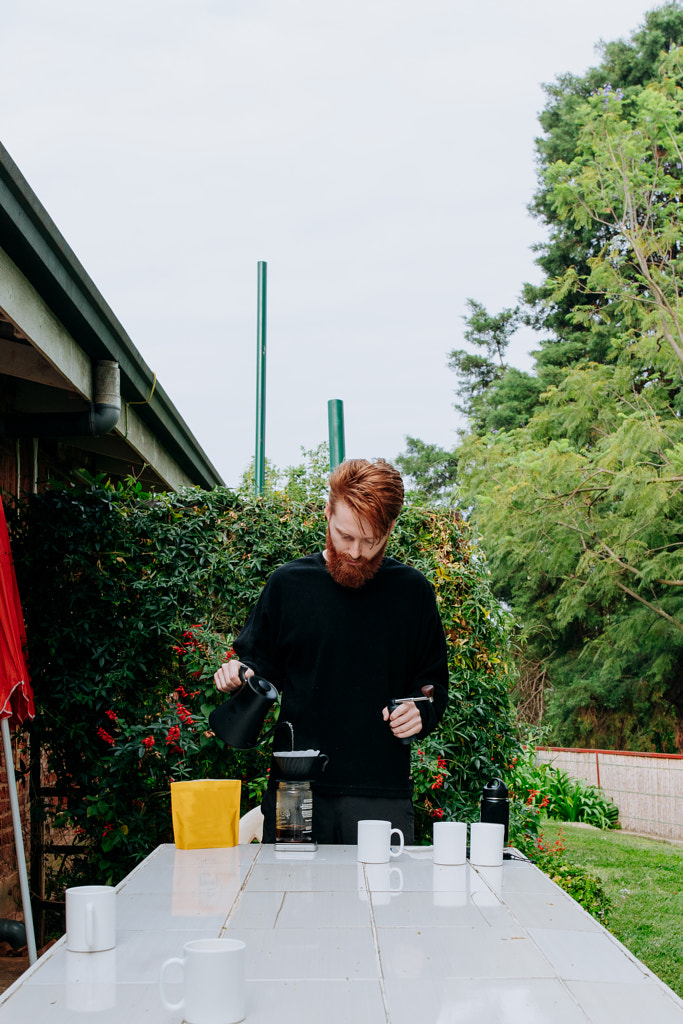


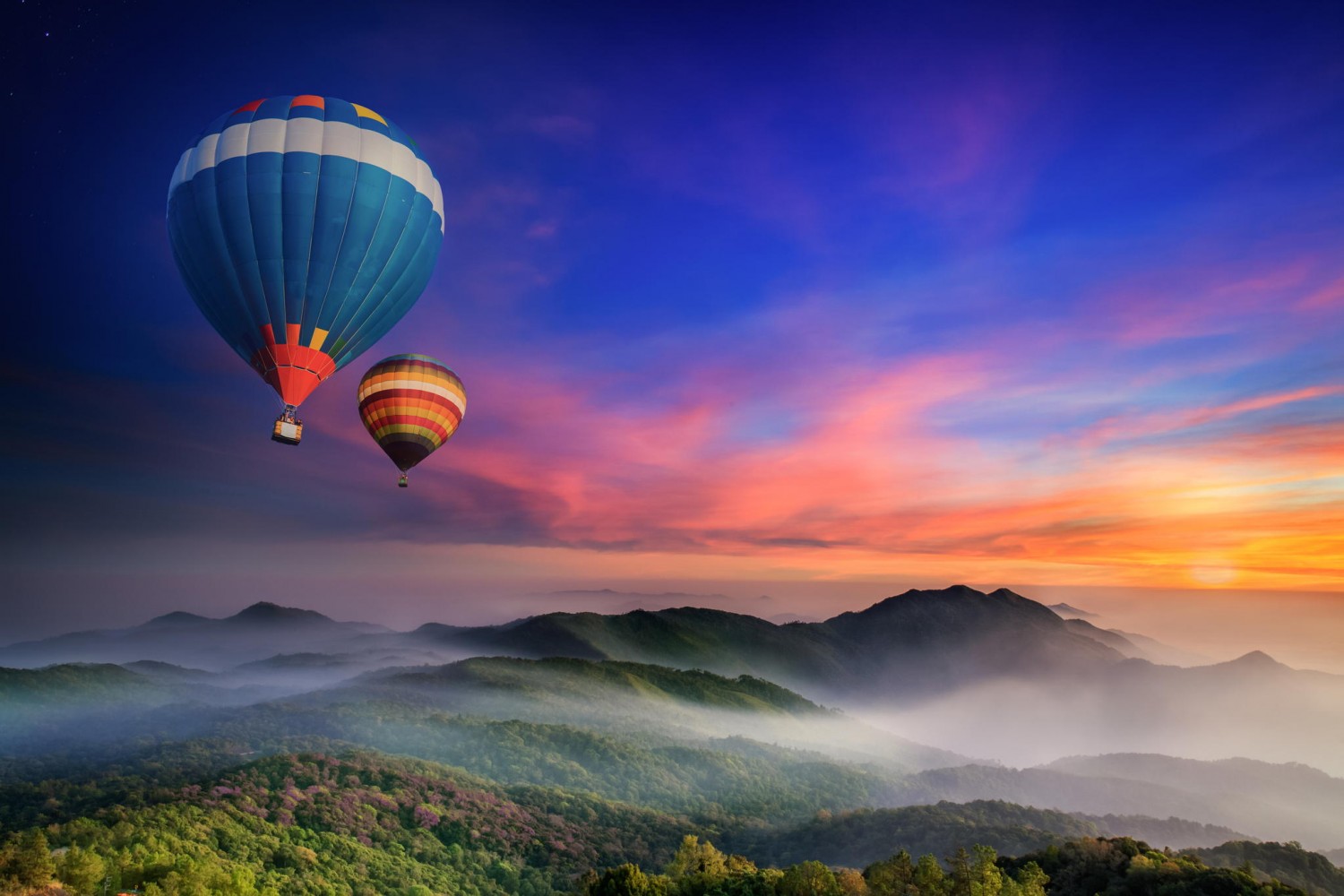


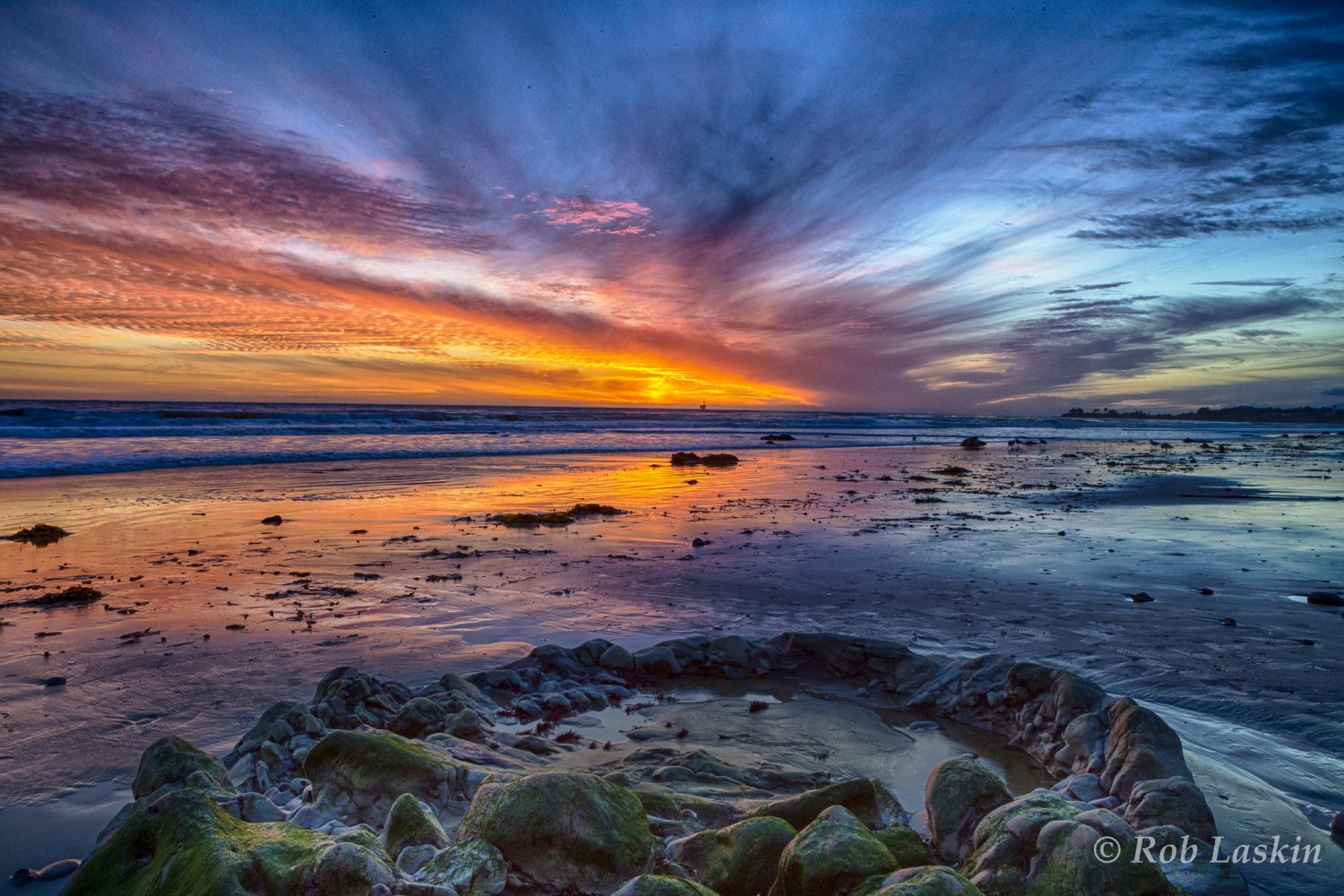
Leave a reply